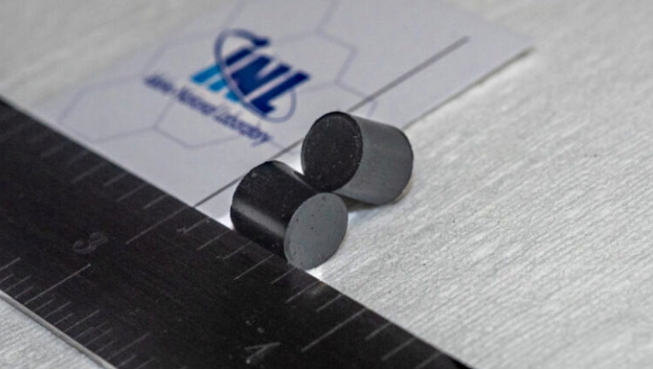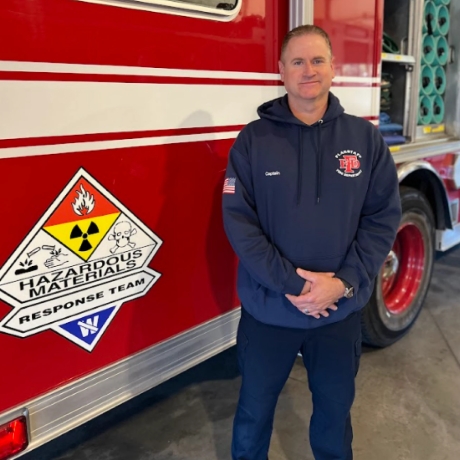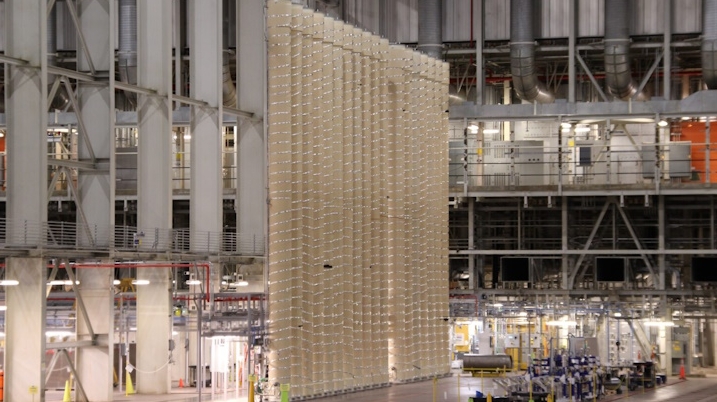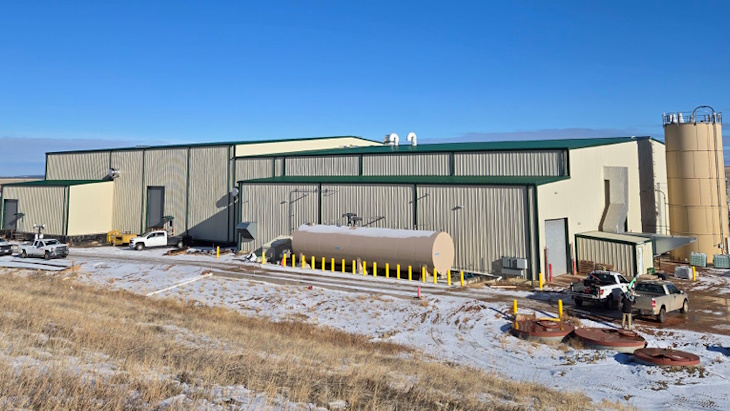The new copper-rhodium photocatalyst sports an antenna-reactor design that, when exposed to a specific wavelength of light, breaks down methane and water vapor without external heating into hydrogen and carbon monoxide.
The research could prove instrumental for extending catalyst lifetimes in general, improving efficiencies and reducing costs for a number of industrial processes plagued by coking, a form of carbon buildup that can deactivate catalysts. A paper on the discovery is published in Nature Catalysis.
Nordlander and Naomi Halas, Rice University Professor and the Stanley C. Moore Professor of Electrical and Computer Engineering, are the corresponding authors on the study.
The new SMR reaction pathway leverages the 2011 discovery from the Halas and Nordlander labs at Rice that plasmons—collective oscillations of electrons that occur when metal nanoparticles are exposed to light—can emit “hot carriers” or high-energy electrons and holes that can be used to drive chemical reactions.

The new catalyst system uses copper nanoparticles as its energy-harvesting antennae. However, since the copper nanoparticles’ plasmonic surface does not bond well with methane, rhodium atoms and clusters were sprinkled in as reactor sites. The rhodium specks bind water and methane molecules to the plasmonic surface, tapping the energy of hot carriers to fuel the SMR reaction.
The research also shows that the antenna-reactor technology can overcome catalyst deactivation due to oxidation and coking by employing hot carriers to remove oxygen species and carbon deposits, effectively regenerating the catalyst with light. Nordlander said the key to this “remarkable effect was the clever placement of the rhodium,” which is spread sparingly and unevenly across the surface of the nanoparticles.
For the most part, hydrogen is currently produced in large, centralized facilities, requiring the gas to be transported to its point of use. In contrast, light-driven SMR allows for on-demand hydrogen generation, a key benefit for use in mobility-related applications such as hydrogen fueling stations or even vehicles.
The research was supported by the Robert A. Welch Foundation (C-1220, C-1222) and the Air Force Office of Scientific Research (FA9550-15-1-0022). The Shared Equipment Authority at Rice provided valuable insights and data analysis support.
Resources
Yuan, Y., Zhou, J., Bayles, A. et al. Steam methane reforming using a regenerable antenna–reactor plasmonic photocatalyst. Nat Catal (2024). doi: 10.1038/s41929-024-01248-8







